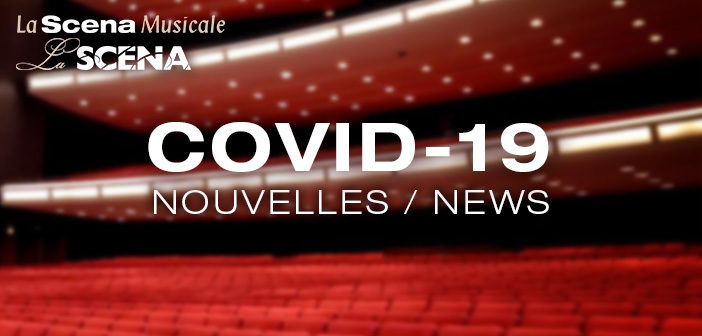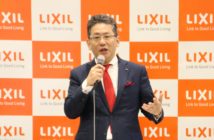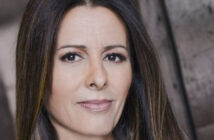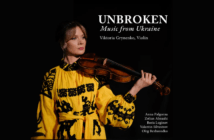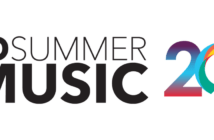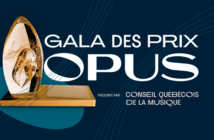The website Real Clear Science has published evidence that strict adherence to the “three W’s” has permitted over one million Catholic masses to be held in the United States during the last 14 weeks with minimal risk of infection. The three W’s are straightforward: watch your distance, wear your mask, and wash your hands. These safe masses are conducted in a far riskier American COVID-19 infection context than is the case in Canada, Europe or Japan.
Underline the adjective strict that precedes the noun adherence. There are no shortcuts in achieving this safety at church gatherings: not on distance, not on masks, and not on washing hands thoroughly.
The article in the Aug. 19 edition is by three leading members of the Thomistic Institute Working Group on Infectious Disease Protocols for Sacraments & Pastoral Care: Dr. Thomas W. McGovern, formerly a researcher at the US Army Medical Research Institute of Infectious Diseases; Dr. Timothy Flanigan, Brown University Medical School; and Dr. Paul Cieslak, director of communicable disease and immunization programs for Oregon Public Health.
At this point the evidence can be characterized as what medical researchers term “strong clinical evidence”: substantial initial findings that indicate research should proceed to the next step of systematic statistical testing. But also that the strict procedures cannot be relaxed while more extensive data is being collected.
Let’s make their findings concrete via five examples cited in the Real Clear Science article. The Archdiocese of Seattle has been following a contact-tracing protocol for everyone who comes to church. Present medical evidence indicates that infected individuals appear to pose maximal risks of spreading COVID before overt symptoms appear. That is one of the things that make COVID-19 such a tough nut to crack.
The five cited instances involved COVID-19-positive individuals who participated in various parish events or sacramental encounters, and were unknowingly infected but presymptomatic, but did not spread the virus to others. The Three W’s were strictly followed in each instance.
First, at a July 3 funeral mass with 45 attendees in a church with a capacity of 885, two members of one household notified the parish that they had tested positive for COVID-19. Second, a volunteer at a July 5 mass with 94 attendees in a church with a capacity of 499 became ill with COVID-19 24 hours later. Third, a July 11 wedding (200 attendees, capacity 908), with fresh air circulated from multiple open windows with the aid of fans. The following day, an attendee became ill with COVID-19. Fourth, on July 12, an attendee at a parish board meeting (six attendees, room capacity 30), tested positive shortly thereafter. Fifth, three priests anointed unknowingly infected individuals in non-ventilated rooms during five-to-15-minute visits.
I have cited information on the attendance capacity of the churches because these are the kinds of attendance-to-venue capacity ratios that are involved in the live concert hall attendance standards being set by health departments across Canada.
Information collected by the Thomistic Institute to date suggests that when a community strictly follows proper guidelines, as American Catholic dioceses have, people can gather in public venues.
In terms of lessons to be drawn from this experience by the classical music sector, the attendance-to-venue capacity ratios of safe Catholic masses are sobering. The American Catholic Church can cope with the low permitted attendance-to-church capacity ratios by celebrating multiple daily masses. Classical ensembles do not realistically have the option of performing a program more than twice a day.
On the other hand, classical music can compensate for partially filled halls via paid Internet streaming. Under present doctrine, the Catholic Church does not have an option for receiving the Sacraments online. It is necessarily direct, physical and personal. As a practicing member of the Jewish faith, for example, my online participation meets the formal requirements, even if Zoom provides only a partial substitute for the real thing. The experience might be compared to watching opera at home on a high end sound system as opposed to being in the hall. That is not the case for Catholicism.
The all-out effort by American Catholic scientists and physicians to make church attendance as safe as practicable must also be understood within the outlier place of religion in the USA compared to other advanced industrial societies. America’s elevated rates of religious belief were evident to Alexis de Toqueville when he visited the young republic. This persisted even as America became the hegemonic world power in the 20th century. Even a majority of the minority of Americans who do not belong to any formal religious denomination express a belief in God and other basic religious tenets.
Catholicism is the largest single denomination among American religious faiths, although adding up all the diverse evangelical churches would yield a still larger number. Private Catholic universities with medical schools rank among the top American higher educational institutions. Add the numerous Catholic physicians and scientists teaching in top private and public universities, and you have a critical mass of volunteer brainpower to implement the policies advocated by the Thomistic Institute Working Group.
Consensus is the social glue that makes this U.S. Catholic Church policy work. There are 144 territorial dioceses and 32 archdioceses in the United States. It is up to the bishops and archbishops in each territory to determine COVID-19 era church attendance policies. They have decided, across the country, to buy into the Thomistic Institute’s medical experts’ recommended practices.
As a wrap-up comment, it should be double-underlined that the Thomistic Institute Working Group states, in no uncertain terms, that their recommended policies do not eliminate the risk of public gatherings. They minimize the risk. Life is inherently risky. The best that we can do is organize ourselves to minimize risks and favour actions leading to desired outcomes.
The question that Montreal’s classical music public needs to ask itself is whether the Quebec health criteria for reopening attendance at live performances minimizes risk as effectively as the kind of measures specified by the Thomistic Institute for attending mass.

